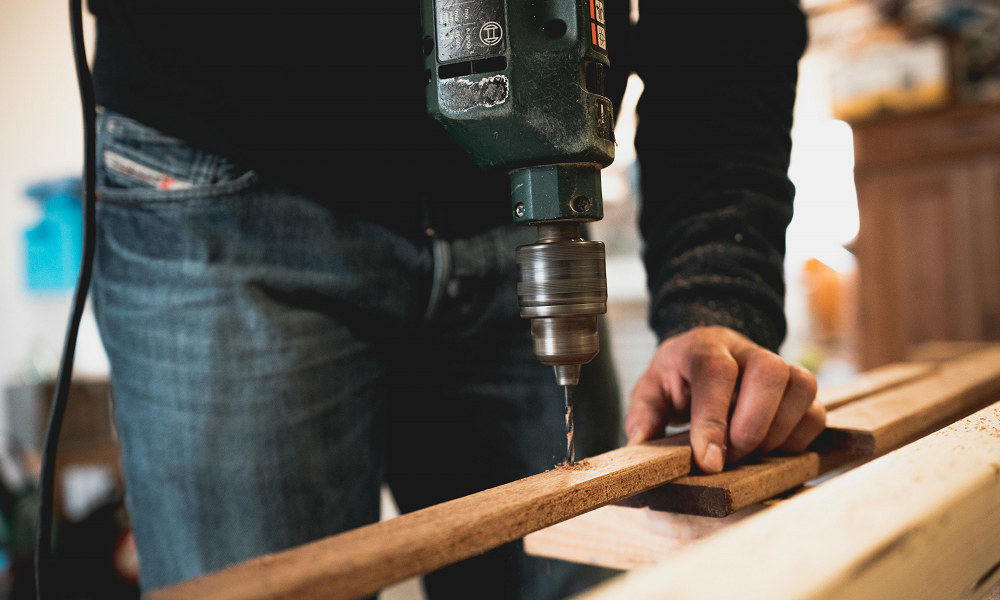Reviews
What Factors Should You Consider When Shopping for Hand Tools?

Hand tools are essential for both professional tradespeople and DIY enthusiasts. From hammers and screwdrivers to pliers and wrenches, the right hand tools can make a significant difference in the quality and efficiency of your work.
However, with a plethora of options available in the market, choosing the right hand tools can be daunting. Here’s a comprehensive guide to help you make informed decisions when you shop hand tools in Australia.
1. Quality and Durability
One of the most critical factors to consider when buying hand tools is their quality and durability:
- Material: High-quality tools are typically made from durable materials such as chrome vanadium steel, high-carbon steel, or stainless steel. These materials ensure the tools can withstand heavy use and resist wear and tear.
- Brand Reputation: Established brands like Stanley, DeWalt, and Craftsman have built their reputations on producing reliable, long-lasting tools. Investing in tools from reputable brands can save you money in the long run.
- Finish and Coating: Look for tools with a rust-resistant coating or finish, such as chrome plating, to ensure they last longer and require less maintenance.
2. Ergonomics and Comfort
Comfort and ergonomics play a crucial role in the usability of hand tools:
- Handle Design: Ergonomically designed handles reduce strain and fatigue, allowing for longer periods of use without discomfort. Look for tools with cushioned or contoured handles that provide a secure grip.
- Weight and Balance: The weight and balance of the tool should be appropriate for the user. A well-balanced tool is easier to control and reduces the risk of injury.
3. Specificity and Functionality
Different tasks require different tools, so it’s essential to choose tools that meet your specific needs:
- Intended Use: Determine the primary use of the tool. For instance, precision screwdrivers are ideal for delicate electronics work, while heavy-duty screwdrivers are better for construction tasks.
- Versatility: Some tools are versatile and can perform multiple functions. For example, multi-tools or adjustable wrenches can save space and money by eliminating the need for multiple single-purpose tools.
4. Safety Features
Safety is paramount when working with hand tools:
- Insulated Tools: If you are working with electrical components, insulated tools are essential to prevent electrical shocks.
- Non-Slip Grips: Tools with non-slip grips reduce the risk of accidental slips and injuries, especially when working in wet or oily conditions.
- Sharpness and Precision: For cutting tools, ensure they are sharp and precise to reduce the effort required and improve safety. Dull tools can slip and cause injuries.
5. Price and Value
Even if it could be tempting to choose the least expensive choice, you should think about what you’re getting for your money:
- Cost vs. Quality: Cheaper tools might save you money initially, but they often wear out quickly or break, leading to higher costs over time. Investing in high-quality tools can be more cost-effective in the long run.
- Warranty and Guarantees: Many reputable brands offer warranties on their tools. You can protect your investment and feel at ease with a quality guarantee.
6. Compatibility with Existing Tools
Consider how new tools will integrate with your existing toolkit:
- Tool Sets: Buying tools in sets can ensure compatibility and often offers better value. Tool sets usually come with a storage solution, like a toolbox or case, which helps keep your tools organized.
- Replacement Parts: Check if replacement parts or accessories are easily available for the tools you are considering. This is particularly important for tools that are prone to wear and tear, such as saw blades or drill bits.
7. Ease of Maintenance
Your tools’ lifespan can be increased with proper maintenance:
- Ease of Cleaning: Choose tools that are easy to clean and maintain. Smooth finishes and fewer crevices make tools easier to wipe down and keep in good condition.
- Lubrication and Sharpening: Tools with moving parts, like pliers or scissors, may require regular lubrication. Cutting tools need to be sharpened periodically. Ensure you have the means to maintain these tools properly.
8. User Reviews and Recommendations
Before making a purchase, it’s beneficial to read user reviews and seek recommendations:
- Online Reviews: Websites and online forums often have reviews from other users who have tested the tools. These reviews can provide insights into the performance and durability of the tools.
- Personal Recommendations: Ask friends, family, or colleagues who have experience with hand tools for their recommendations. Personal experiences can often be more reliable than anonymous online reviews.
Choose the Right Hand Tools
Choosing the right hand tools involves balancing quality, comfort, functionality, safety, and cost. By considering the factors outlined above, you can make informed decisions and invest in tools that will serve you well for years to come.
Remember, the right tools not only enhance the quality of your work but also ensure safety and efficiency, making any task easier and more enjoyable.

-

 Legal3 days ago
Legal3 days agoMichigan man JD Vance sentenced to 2 years for threatening Trump and JD Vance
-

 Politics4 days ago
Politics4 days agoU.S. to designate Maduro-linked Cartel de los Soles as terrorist organization
-

 World1 week ago
World1 week agoU.S. begins Operation Southern Spear against “narco-terrorists” in the Western Hemisphere
-

 Health4 days ago
Health4 days agoCambodia reports fatal H5N1 bird flu case in 22-year-old man
-

 Legal1 day ago
Legal1 day agoWoman in critical condition after being set on fire on Chicago train
-

 World1 day ago
World1 day agoHurricane Melissa registered 252 mph wind gust, breaking global record
-

 Legal1 week ago
Legal1 week agoImprovised explosive device detonates outside Las Vegas restaurant; no injuries
-

 World1 week ago
World1 week agoNationwide power outage hits Dominican Republic



